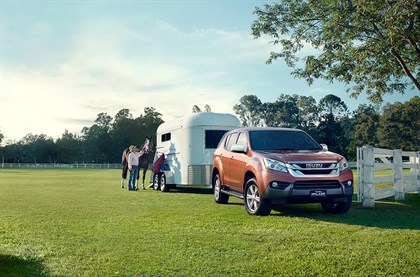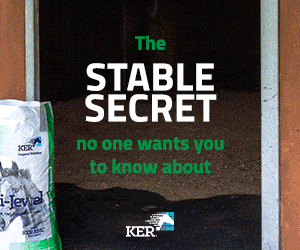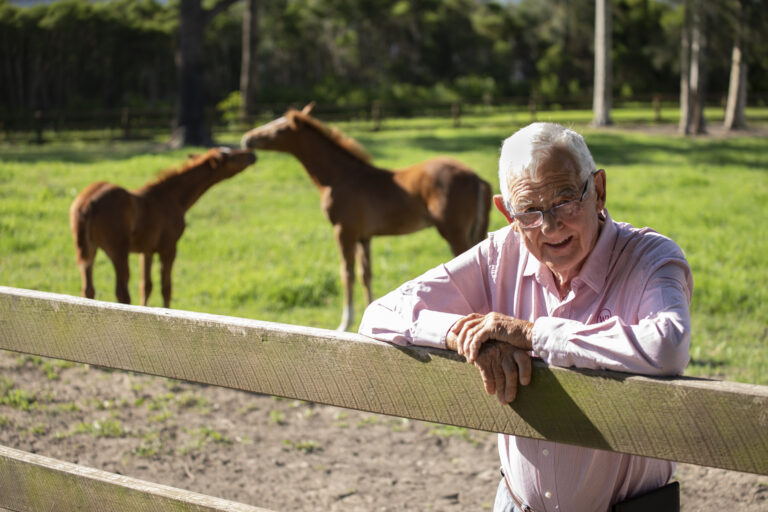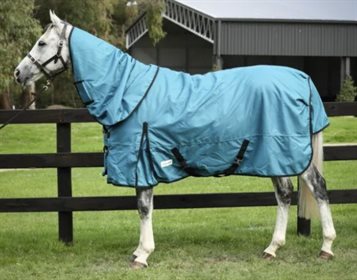This article has appeared previously with Equestrian Life. To see what’s in our latest, free digital issue, click here.
ONCE THE HORSE is loaded, you’ve won half the battle. You still need to know how to tow. With these handy tips, you’ll soon be able to confidently hitch up your rig and ride off into the sunset (or sunrise) on your next outing without any worries.
The first step to safe towing is to ensure that your vehicle and float are built for purpose – by that we mean that they’re both up to the job physically and legally. While some modern vehicles are lighter and provide better performance for normal city motoring, some do not have the necessary characteristics for towing a heavy load – like 500kg horses!
The easiest and most accurate way of determining the weight of your vehicle and tow load is to visit a public weighbridge. It is important you do not exceed the manufacturer’s maximum gross combination mass (GCM), the maximum weight allowed for your vehicle and float combined, as specified by the tow vehicle’s manufacturer. If you do, you’re putting yourself and other road users at risk – along with your warranty.
Other significant ways towing will affect the normal operation of your vehicle are:
• Decreased acceleration and braking performance.
• Reduced vehicle control and manoeuvrability.
These effects become more pronounced on your vehicle as your float size and the mass of the load increases. By understanding the limitations of your vehicle and float, you can help prevent crashes and structural and mechanical damage to your vehicle.
Driving with a float takes practice.
Remember…
• Allow for the float’s tendency to cut-in on corners and curves.
• Allow longer distances for braking, overtaking and joining a traffic stream.
• When reversing, it is advisable to have someone outside the vehicle giving directions.
• Avoid sudden lane changes or changes of direction.
• Look further ahead than normal so you can react to changes in traffic or road conditions.
• Use a lower gear when travelling downhill to increase vehicle control and reduce strain on brakes.
• Slow down well before entering corners and curves.
• Accelerator, brake and steering must be operated smoothly and gently when towing. Unnecessary steering-wheel movement should be avoided because sway or “snaking” of the vehicle and float could result. If sway occurs the float brakes should be applied gently if they can be operated separately from the towing vehicle, otherwise a steady speed or slight acceleration should be maintained if possible, until the sway ceases. The tow vehicle’s brakes should only be applied as a last resort.
Key to Reversing
Taking your time and having patience is the key to successful trailer reversing. Oversteering can cause the trailer to turn sharply, so use slow, gradual movements. If you get in a bind, just pull forward and straighten everything out and try again. Don’t get embarrassed if it all goes wrong. It happens to everyone!
READ THE LATEST NEWS ARTICLES HERE









